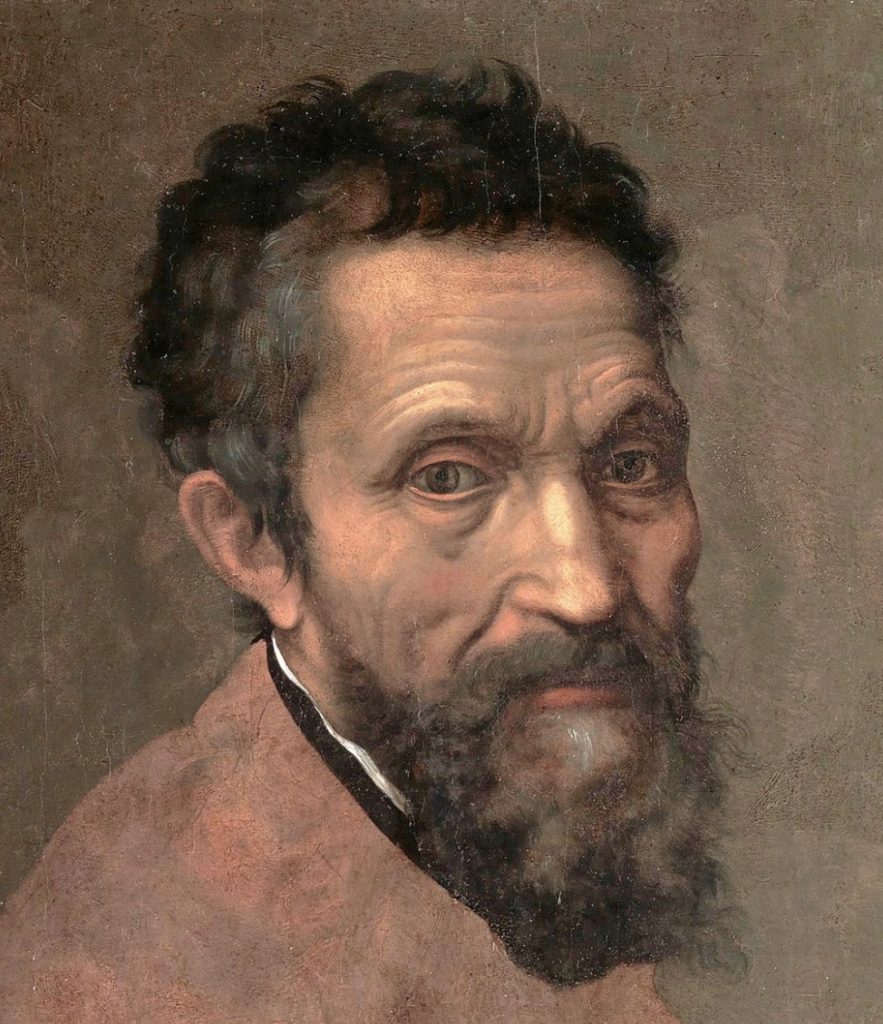
Michelangelo di Lodovico Buonarroti Simoni, born on March 6, 1475 in the Republic of Florence, was the quintessential Renaissance man whose achievements as a sculptor, painter, and architect showcase the apex of creativity that flourished during the Italian Renaissance. His early recognition came from his sculptures of Pietà and David, and his growing reputation caught the attention of the Pope Julius II who commissioned him in 1505 to build the Pope’s tomb that was to house 40 statues. This task spanned four decades because Michelangelo’s work was continually interrupted by other commissions. Between 1508 and 1512, he spent most of his time lying on his back as he painted Biblical episodes on the ceiling of the Sistine Chapel.
The years that followed were populated with a litany of interrupted projects, political upheavals, and arguments with a succession of popes. In 1534, Michelangelo was commissioned to paint a fresco on the altar wall of the Sistine Chapel, depicting the Second Coming of Christ and his Judgement of the souls. Ignoring accepted convention, Michelangelo portrayed Christ and the Virgin Mary in a naked state, drawing harsh criticism from some clergy who regarded the rendition as sacrilegious. Before his death in 1564, Michelangelo saw his apprentice commissioned to clothe the private parts of the sacred people with appropriate garments.
Explaining the origin of his genius, Michelangelo once observed, “The greater danger for most of us lies not in setting our aim too high and falling short; but in setting our aim too low, and achieving our mark.”
